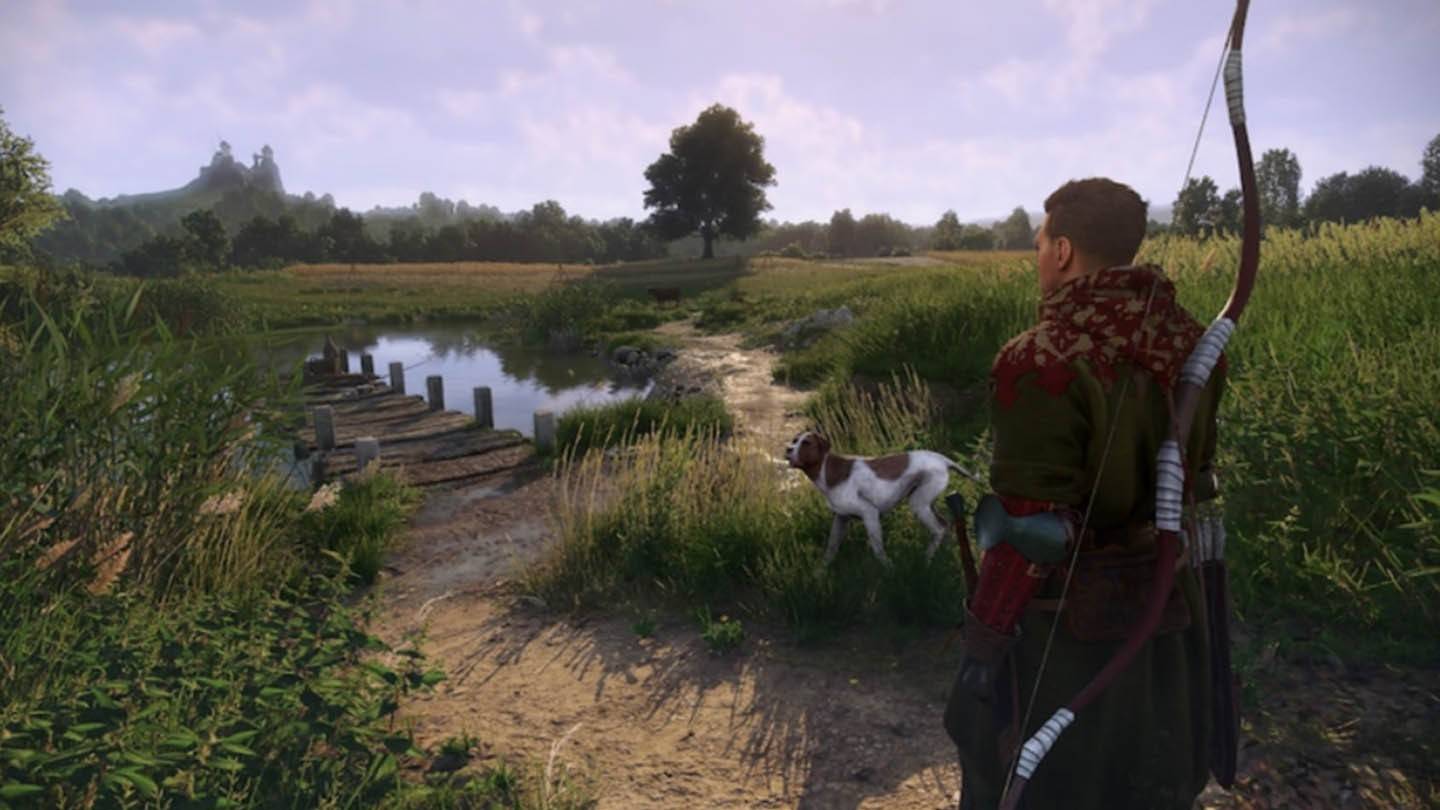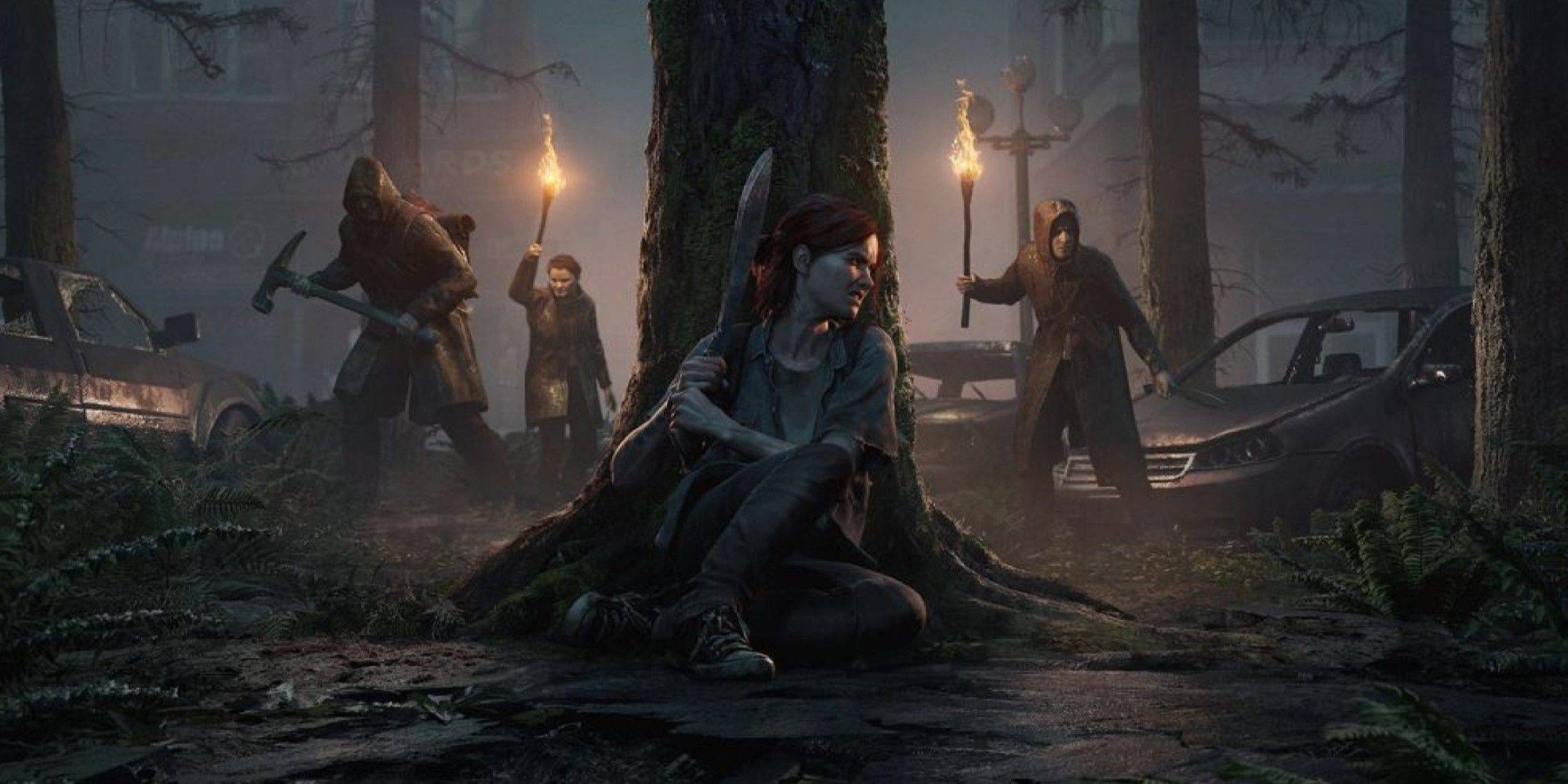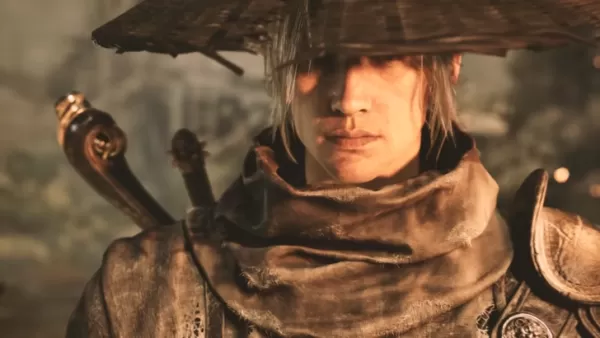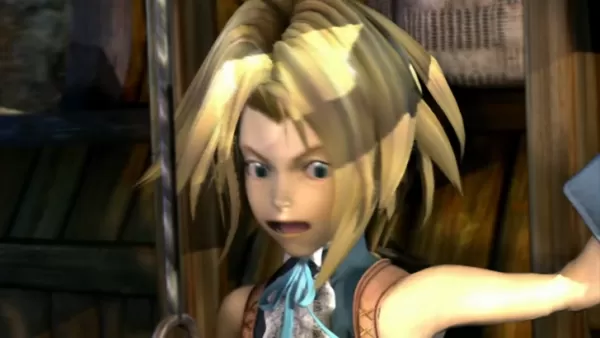Capcom's Revival: From Resident Evil 6 Low to Monster Hunter Wilds Success
- By Carter
- May 01,2025
With Monster Hunter Wilds shattering Steam records and the Resident Evil series enjoying renewed popularity thanks to Village and a series of stellar remakes, it's easy to think that Capcom can do no wrong. Yet, it wasn't always this way. Just a few years ago, following a string of commercial and critical failures, Capcom was struggling to find its footing and retain its audience.
Capcom found itself grappling with an identity crisis. Resident Evil, the franchise that pioneered survival horror, had lost its edge after Resident Evil 4. Similarly, Street Fighter, another cornerstone of Capcom's portfolio, was faltering after the disappointing release of Street Fighter 5. These setbacks could have spelled the end for Capcom and its beloved titles.
However, amidst the challenges, Capcom found a way forward. A pivotal shift in their game development strategy, bolstered by the adoption of a powerful new game engine, breathed new life into their iconic series. This transformation laid the groundwork for a string of successful releases that not only won critical acclaim but also bolstered Capcom's financial standing, propelling them back to the forefront of the gaming industry.
Resident Evil Lost Its Way
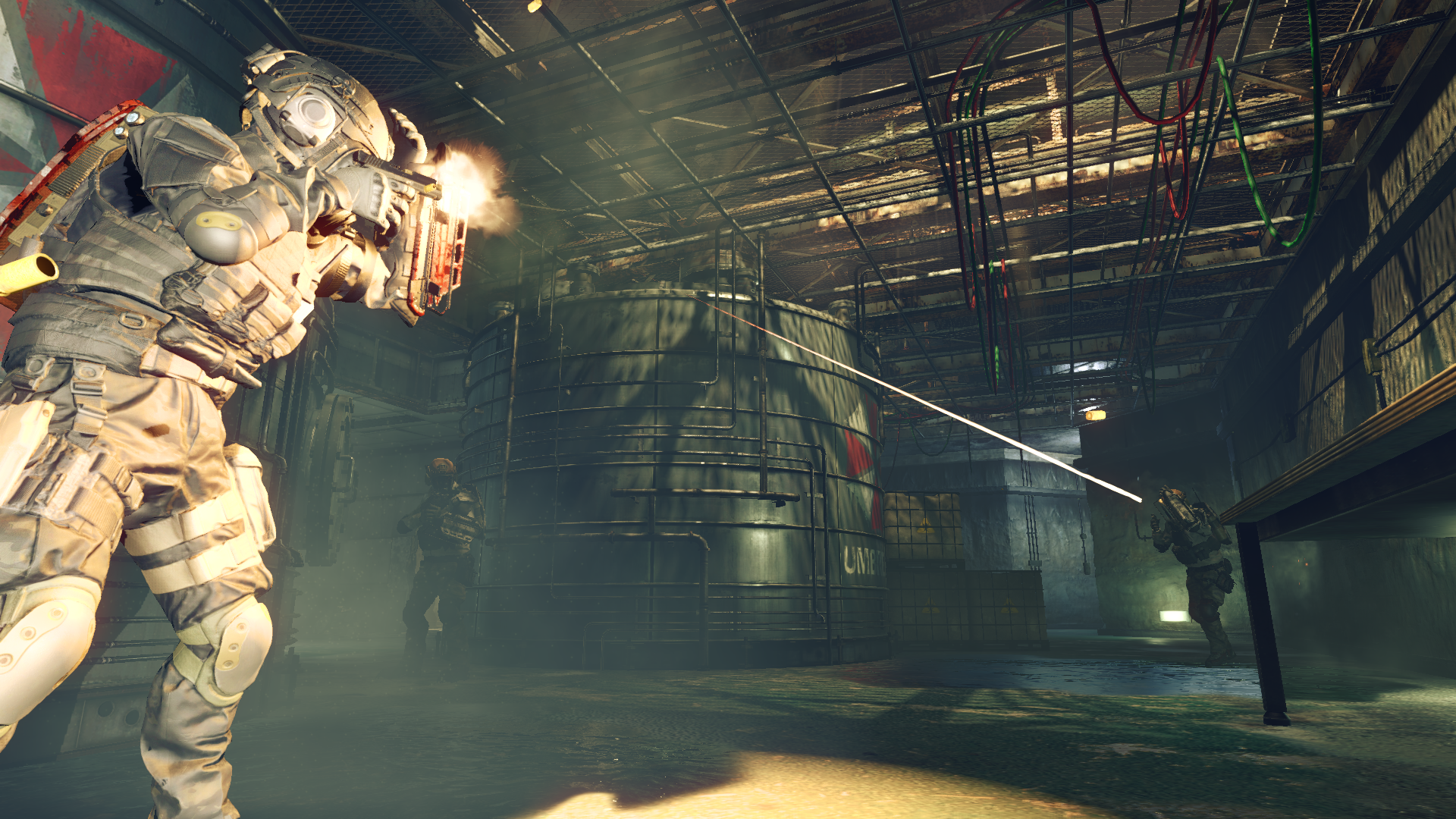 Resident Evil 6 marked a low point for the mainline series. Credit: Capcom
Resident Evil 6 marked a low point for the mainline series. Credit: Capcom
2016 was a challenging year for Capcom. The release of Umbrella Corps, an online co-op shooter, was met with harsh criticism from both reviewers and fans. Meanwhile, Street Fighter 5 left long-time fans scratching their heads at its lackluster execution. Dead Rising 4, which brought back fan-favorite Frank West, ended up being the last new entry in its series.
This period marked the nadir of a difficult stretch for Capcom, which had been struggling since 2010. Despite strong sales, the mainline Resident Evil games saw declining critical reception. Street Fighter was on shaky ground, and other mainstays like Devil May Cry were absent. While Monster Hunter was a massive hit in Japan, it struggled to gain traction internationally.
"Many of us started feeling that what the fans and players wanted from the series was getting a little bit separate from what we were making," a Capcom developer noted. This disconnect was a far cry from the Capcom we see today. Since 2017, Capcom has consistently delivered hit games from its most famous franchises, including Monster Hunter World, Devil May Cry 5, Street Fighter 6, and a trio of top-notch remakes alongside a successful soft reboot of the Resident Evil series. Capcom's recent track record suggests that it has found a winning formula.
Achieving this success wasn't just about learning from past mistakes. Capcom had to rethink its entire approach, from understanding its target audience to adopting new technologies. To delve deeper into this transformative journey, IGN spoke with four of Capcom's leading creatives to understand how this once-struggling gaming giant managed to turn things around and thrive.
Founded in 1979 as a maker of electronic game machines, Capcom rose to prominence in the 80s and 90s with iconic 2D titles like Street Fighter and Mega Man. The company successfully transitioned into 3D gaming with titles like Resident Evil, culminating in the release of Resident Evil 4, widely considered one of the greatest games ever made.
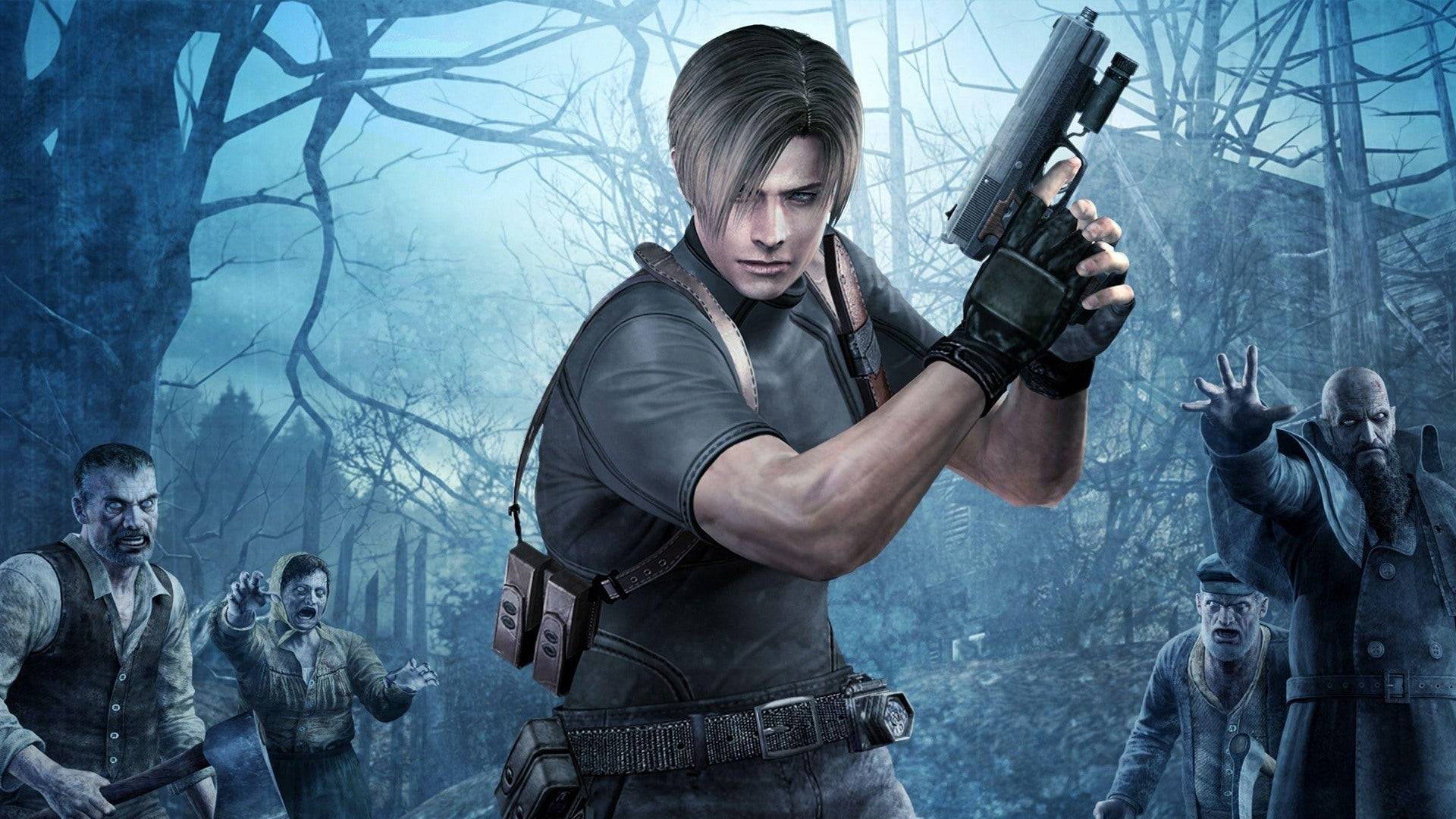 Resident Evil 4 is considered by many to be a generational high point. Credit: Capcom
Resident Evil 4 is considered by many to be a generational high point. Credit: Capcom
Released in 2005, Resident Evil 4 masterfully blended horror with action, setting a new standard for the genre. However, this balance was not maintained in subsequent entries. Resident Evil 5 leaned heavily into action, with scenes more reminiscent of action movies than horror games. This shift signaled a loss of identity that was apparent to both fans and developers, including Resident Evil 4 remake director Yasuhiro Ampo.
"Overall throughout the Resident Evil series, we set up different goals, challenges, and things we want to try with each game… But this time, many of us started feeling that what the fans and players wanted from the series was getting a little bit separate from what we were making," Ampo explained. This confusion in direction led to games like Resident Evil 6, which tried to cater to both action and horror fans but ultimately left both groups unsatisfied.
Capcom's struggles were not confined to Resident Evil. After the success of Street Fighter 4, the sequel, Street Fighter 5, was met with criticism for its lack of content and poor online functionality. Similarly, Devil May Cry saw diminishing returns, leading Capcom to outsource the development of DmC: Devil May Cry to Ninja Theory. While it gained a cult following, the game was met with mixed reception, causing the series to be put on hold.
This period of struggle defined Capcom's early to mid-2010s. Key franchises failed to capture the magic of their predecessors, and new titles aimed at Western markets, like Lost Planet and Asura's Wrath, fell flat. The exception was Dragon's Dogma, a dark fantasy RPG directed by Hideaki Itsuno, but overall, Capcom's focus seemed scattered.
It was clear that a change was necessary.
Street Fighter 5, The Lost Cause
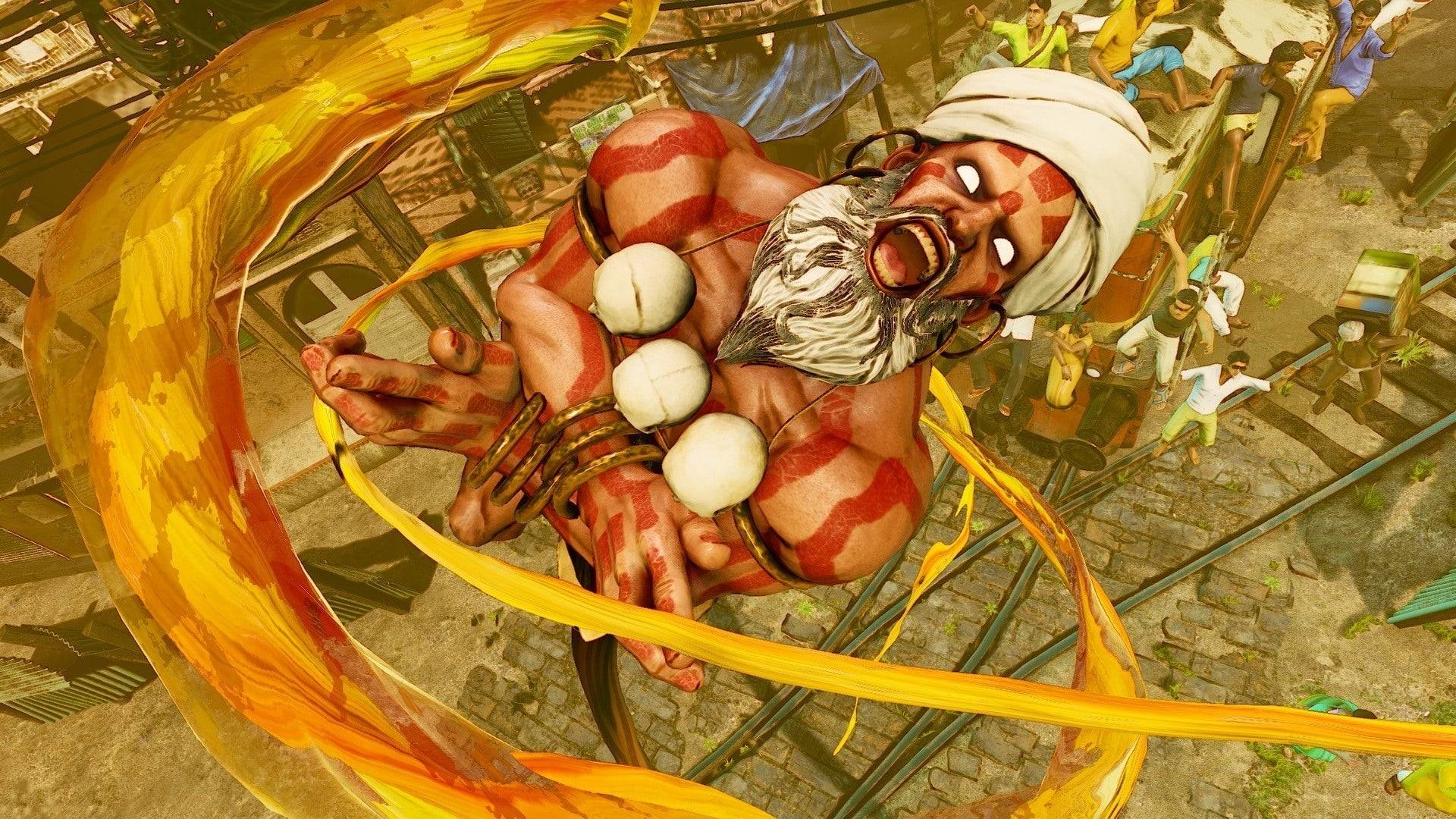 Street Fighter 5 was a letdown. Credit: Capcom
Street Fighter 5 was a letdown. Credit: Capcom
By the mid-2010s, Capcom began implementing strategic changes that would transform its fortunes. The first step was to address the issues with Street Fighter 5. Director Takayuki Nakayama and producer Shuhei Matsumoto were brought in to stabilize the game.
"There definitely were some challenges within the production of the game, and that was part of the reason why I was brought into the team," Nakayama admitted. "And because we were in a point in development where we couldn’t really make any major pivots or shifts, we had to proceed and move forward in the direction we were currently in, which created constraints on what we could and couldn’t do."
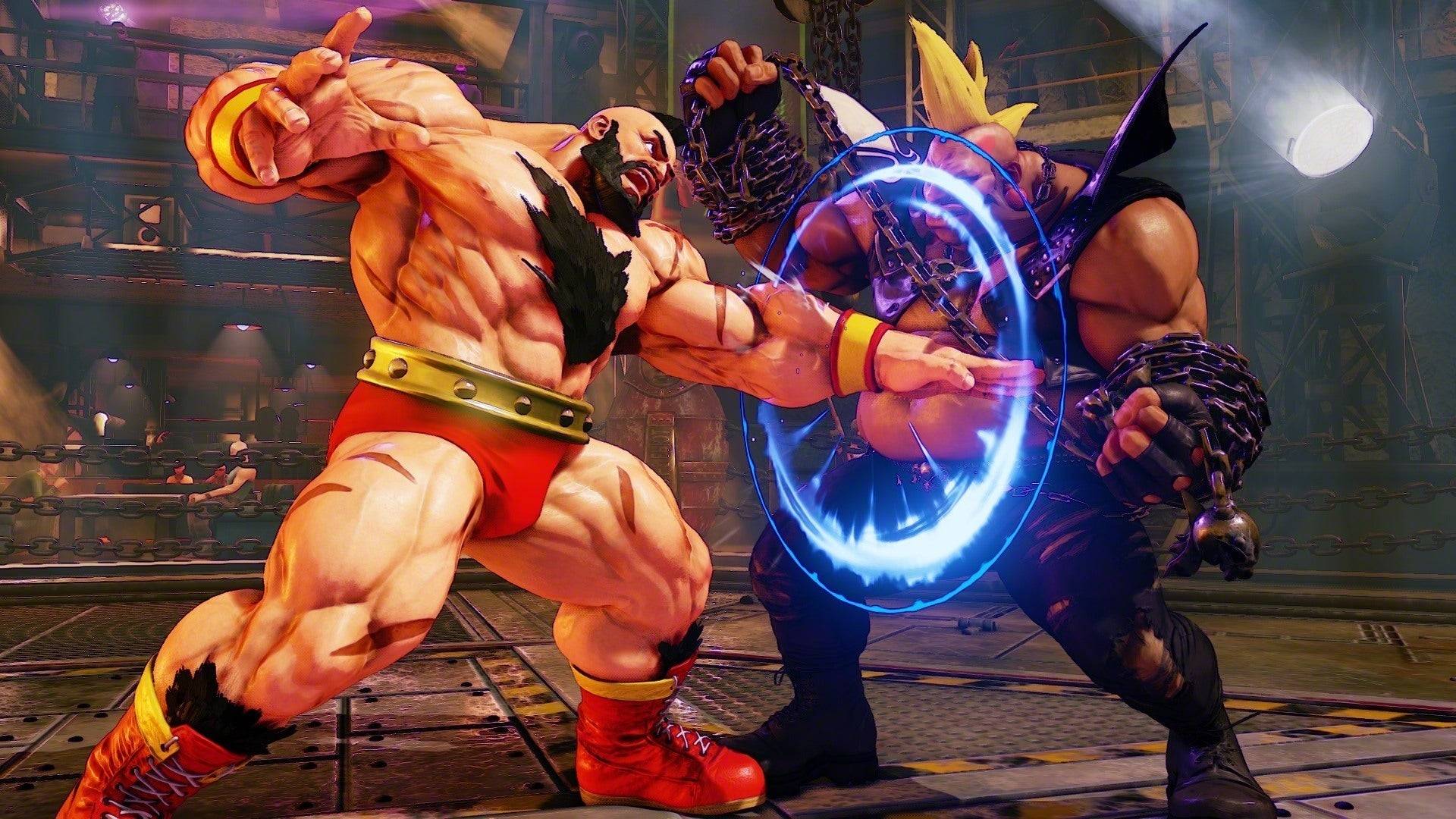 Street Fighter 5 would be improved into Street Fighter 5: Arcade Edition. Credit: Capcom
Street Fighter 5 would be improved into Street Fighter 5: Arcade Edition. Credit: Capcom
These constraints limited what the team could accomplish. Rather than overhauling the game completely, Nakayama focused on fixing the most pressing issues and preparing for Street Fighter 6.
"We just didn’t really have enough time to address some of the problems and challenges we faced in Street Fighter V," Nakayama said. "And so, with our hands tied behind our backs, we basically had to wait for those ideas to be brought back for the initial conceptual phases for Street Fighter 6, so we could tackle and do things properly for the next title."
Matsumoto explained why Capcom didn't abandon Street Fighter 5 and start fresh: "There wasn’t any sort of sense of like, ‘Okay let’s just end Street Fighter 5 and focus on Street Fighter 6.’ It was more like, while we were working on Street Fighter V, we were trying to figure out what we really wanted to do in Street Fighter 6 content-wise."
"Basically, we tried different things during the development of Street Fighter 5 to see if it worked and then we took the things that did work and applied that to Street Fighter 6. It was like the development of Street Fighter V was an ongoing process that helped us figure out, ‘Okay, what is it that we want to do for the next level?"
The team used Street Fighter 5 as a testing ground to learn from their mistakes and refine their approach for the sequel. This process involved numerous updates, from improving netcode and balancing characters to introducing new mechanics like V-Shift. The ultimate goal was to make the game fun again, as Matsumoto noted: "We both realized that fighting games are fun, and when you get used to them, it becomes more enjoyable and something you can essentially play forever as long as you have an opponent to play against."
"However, one of the challenges that we faced with Street Fighter V is that we felt that there wasn’t a clear pathway that helped guide players to get to that level where they finally feel like they’re having fun and will want to continue playing."
Street Fighter 6 aimed to be more approachable for new players while still satisfying the series' dedicated fanbase. By using Street Fighter 5 as a testbed, Capcom ensured that Street Fighter 6 launched as one of the most critically acclaimed games in the franchise's history.
The lessons learned from Street Fighter 5 were crucial, but Capcom knew it needed to avoid similar situations in the future. A significant shift in strategy was required, leading to vital behind-the-scenes changes.
Monster Hunter Took Over The World
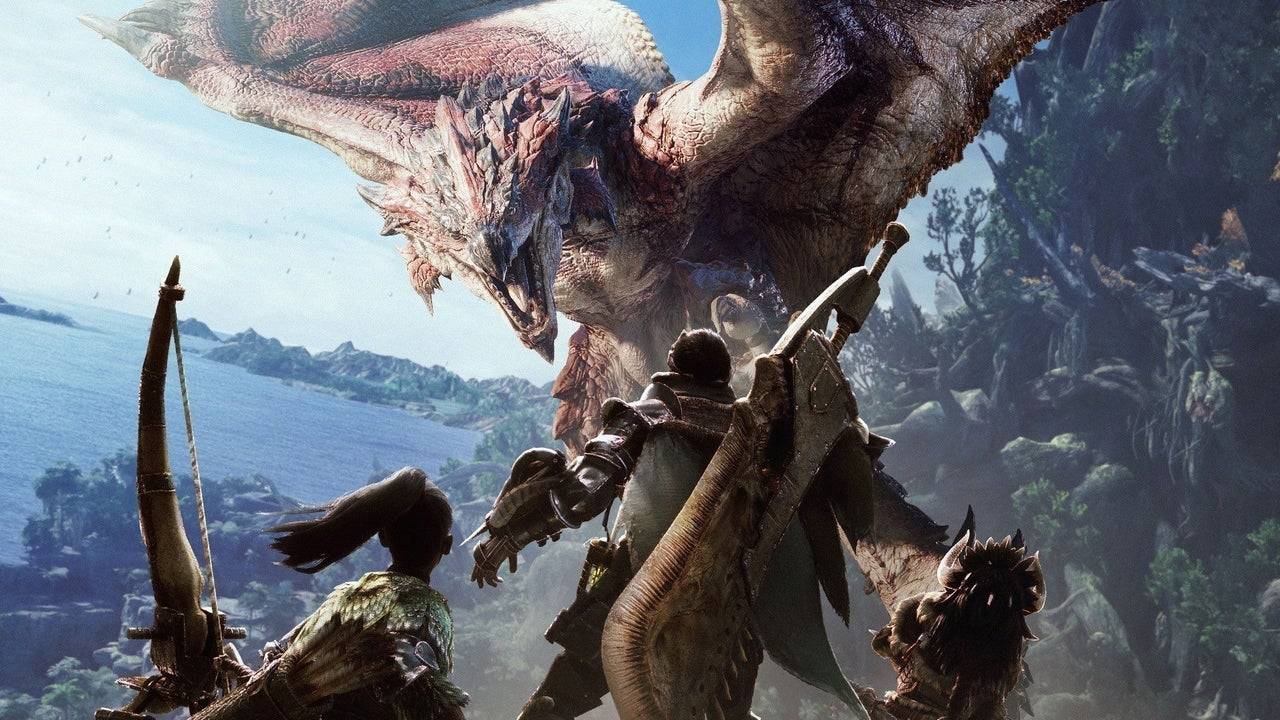 Monster Hunter's revolution began. Credit: Capcom
Monster Hunter's revolution began. Credit: Capcom
Around the time of Street Fighter 5's launch in 2016, Capcom underwent an internal reorganization to prepare for a new generation of games powered by the company's new RE Engine, which replaced the aging MT Framework. This shift was more than just a technological upgrade; it came with a mandate to create games for a global audience.
"It was a few factors that came together," said Hideaki Itsuno, a former game director at Capcom known for his work on Devil May Cry. "The change of the engine and also all teams were given a very clear goal at that point to make games that reach the global market. [Games] that are fun for everyone."
During the PS3 and Xbox 360 era, Capcom's games seemed to chase Western trends without much success. Titles like Umbrella Corps and Lost Planet aimed to capture a broader market but missed the mark. Capcom realized the need to create games that appealed to a global audience, not just specific regional tastes.
"I think that we had that clear goal of just focusing and not holding anything back," Itsuno said. "Towards making good games that would reach people from all over the world."
Itsuno emphasized that the period leading up to 2017 was crucial: "The changes in organization and the changes in the engine, all these elements came together around that time." The release of Resident Evil 7 in 2017 marked the beginning of Capcom's renaissance.
"I think that we had that clear goal of just focusing and not holding anything back towards making good games that would reach people from all over the world." No series better exemplifies Capcom's new global approach than Monster Hunter. While it had a dedicated Western fanbase, the series was predominantly popular in Japan. Its success on the PSP with Monster Hunter Freedom Unite was largely due to Japan's strong handheld gaming market, which facilitated easy multiplayer without internet access.
"20 years ago in Japan, having a network connection wasn't as easy, and there weren’t a huge amount of people playing Monster Hunter online. However, handheld consoles made multiplayer gameplay easy without internet access, and I regard it as a great success that we had players experience the game in this way, which was one of the ways we really wished for them to play and enjoy it, even in that era when online gameplay wasn't easy," said Ryozo Tsujimoto, executive producer of the Monster Hunter series.
This focus on handhelds inadvertently created a perception of Monster Hunter as a Japan-only brand, as Capcom released Japan-exclusive content and events. However, with improved internet infrastructure worldwide, Tsujimoto and his team saw an opportunity to launch a more globally accessible Monster Hunter game.
Monster Hunter: World, released in 2018 on PlayStation 4, Xbox One, and PC, marked a significant shift for the franchise. It was designed to appeal to a worldwide audience, with simultaneous global releases and no region-exclusive content. "Our approach to the globalization of the series and Monster Hunter in general really ties into not only the themes that we had going into designing the game, but also in the name of the game," Tsujimoto revealed. "The fact that we called it Monster Hunter: World is really kind of a nod to the fact that we wanted to appeal to this worldwide audience that we wanted to really dig into and experience Monster Hunter for the first time."
To ensure Monster Hunter: World resonated globally, Capcom conducted focus tests worldwide, which influenced the game's design and contributed to its success. One notable change was the inclusion of visible damage numbers, which helped broaden the game's appeal. Monster Hunter: World and its follow-up, Monster Hunter Rise, both sold over 20 million copies, far surpassing previous entries.
"The fact that we called it Monster Hunter: World is really kind of a nod to the fact that we wanted to appeal to this worldwide audience that we wanted to really dig into and experience Monster Hunter for the first time." This approach of opening up the series to a wider audience without compromising its core identity continues with Monster Hunter Wilds.
"At its heart, Monster Hunter really is an action game, and that sense of accomplishment you get from really mastering that action is an important aspect of Monster Hunter," Tsujimoto explained. "But for newer players, it's really about getting to that point. The steps involved in getting to that sense of accomplishment is what we're trying to strategize for, in terms of designing for new players. So with World and Rise, for example, we were taking great care to analyze where players got stuck, what was hard to understand, what they were having trouble with, getting player feedback, and also doing our own kind of research into that. And all of that kind of knowledge has impacted how we've implemented new systems into Wilds."
Resident Evil 7 Began Turning Things Around
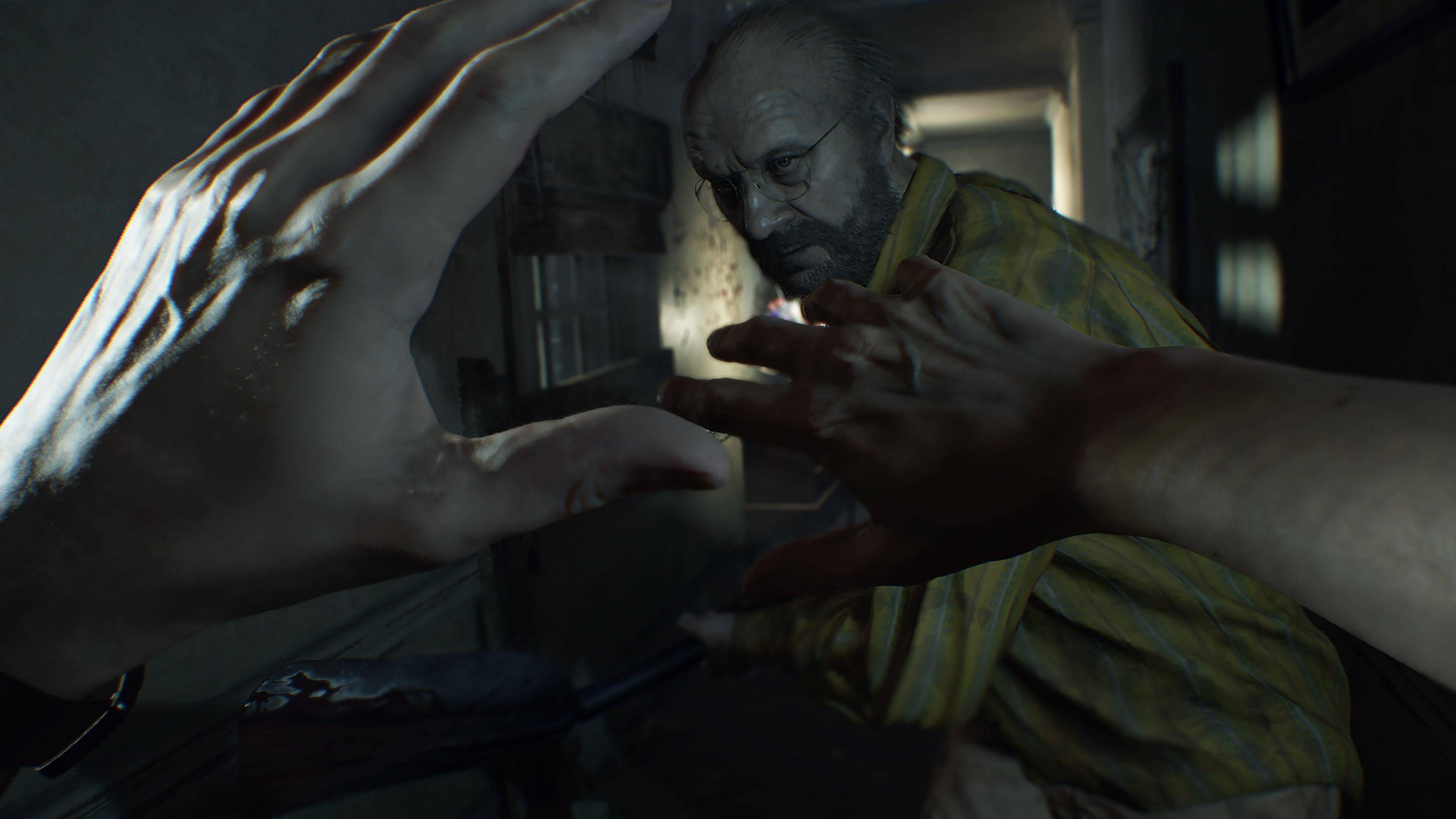 Welcome to the family. Credit: Capcom
Welcome to the family. Credit: Capcom
While Monster Hunter had a successful formula, Capcom faced the challenge of convincing global audiences to embrace it. For Resident Evil, the task was more complex. The development team had to choose between focusing on action or returning to the series' survival horror roots. Jun Takeuchi, the executive producer of the Resident Evil series, made the pivotal decision.
"It was around the time I was working on Resident Evil Revelations 1 and 2. I was trying to test different things, try different approaches," said Yasuhiro Ampo, director of Resident Evil 2 and 4 remakes. "And around this time is when the R&D teams were divided into R&D division one and two. The executive producer of the Resident Evil series, Jun Takeuchi, took command of R&D division one, and he set the core direction that the Resident Evil series needed to go back to its origins, to its roots."
Takeuchi's decision to refocus on survival horror proved successful. Resident Evil 7 was announced at PlayStation's E3 2016 conference with a first-person perspective trailer, which reignited excitement for the series. "We cannot underestimate how critical it is for the series for it to be scary," Ampo emphasized.
The shift to first-person allowed Resident Evil 7 to recapture the series' horror essence. Its unsettling southern gothic setting made it one of the scariest entries in the series. While Resident Evil 7 and subsequent mainline titles like Resident Evil 8 remained in first-person, Capcom planned to continue the third-person perspective through remakes, starting with Resident Evil 2.
The success of fan-made remakes signaled a demand for official remakes. "It was like, ‘all right people really want this to happen.’ So producer [Yoshiaki] Hirabayashi came up with the slogan: ‘Well, we’ll do it,’" Ampo revealed. The Resident Evil 2 remake became one of the best-selling games in the franchise, blending horror, action, and puzzles with the menacing presence of Mr. X.
Following the success of Resident Evil 2, Capcom remade Resident Evil 3. Despite initial hesitation, the team decided to tackle Resident Evil 4, a game still considered modern despite its age. "As you mentioned, [Resident Evil 4] was still a title that enjoyed some popularity. So there was a lot of internal discussion on how maybe it’s not a good idea. Maybe we don’t need a remake for Resident Evil 4, especially because Resident Evil 4 is a game that is so beloved. If we get anything wrong with the remake, people might be quite vocal about their discomfort," Ampo said.
However, the Resident Evil 4 remake was a hit, fine-tuning the balance between action and horror to align with Takeuchi's vision of returning to survival horror roots. The game's darker tone and refined gameplay elements contributed to its success.
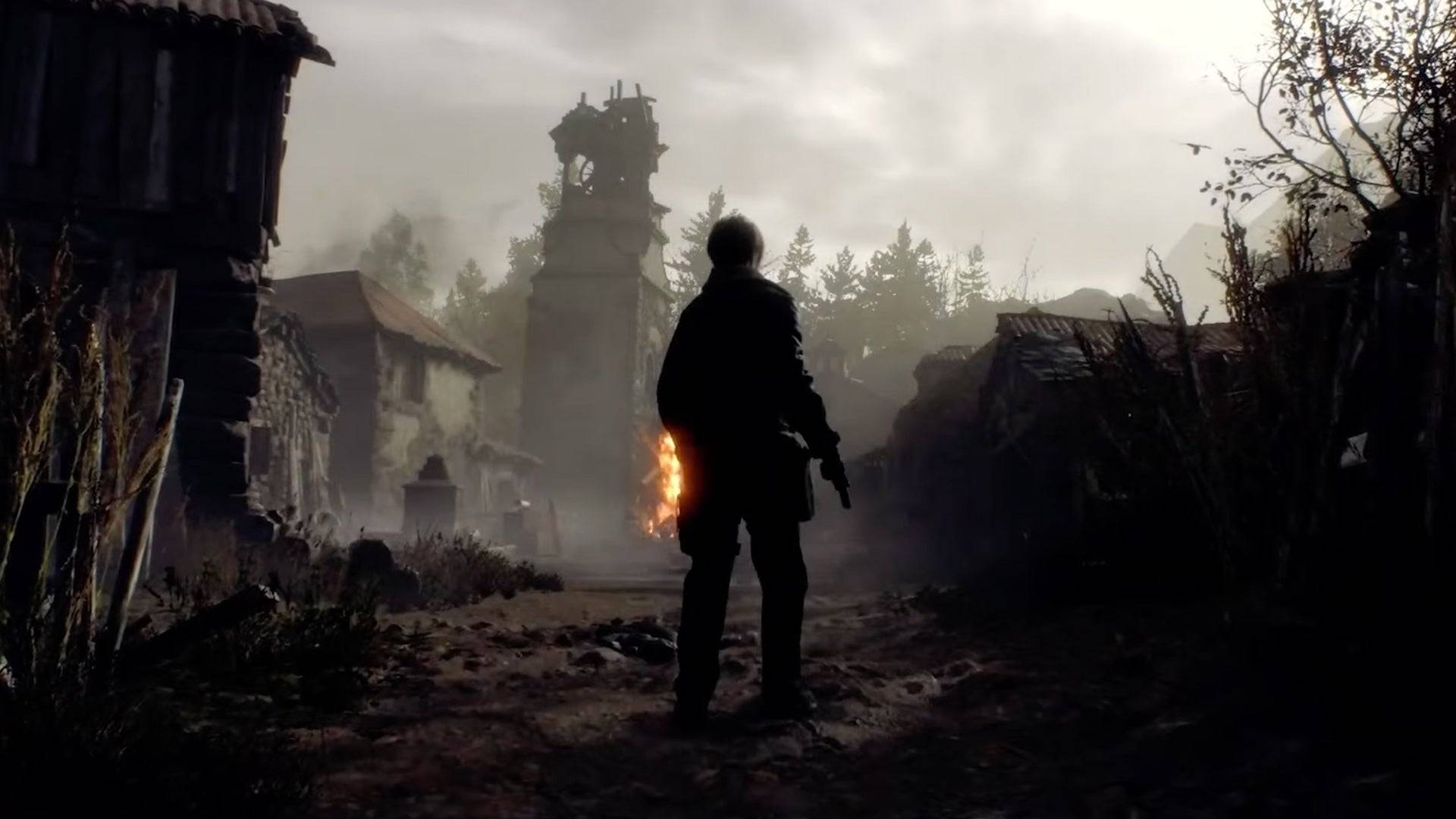 Horror reborn. Credit: Capcom
Horror reborn. Credit: Capcom
As Resident Evil rediscovered its horror core, longtime Devil May Cry director Hideaki Itsuno had a similar revelation. After working on Dragon's Dogma, Itsuno saw action games becoming too casual and aimed to challenge players with Devil May Cry 5. He utilized Capcom's new RE Engine to achieve this vision.
The Reason Behind The Change
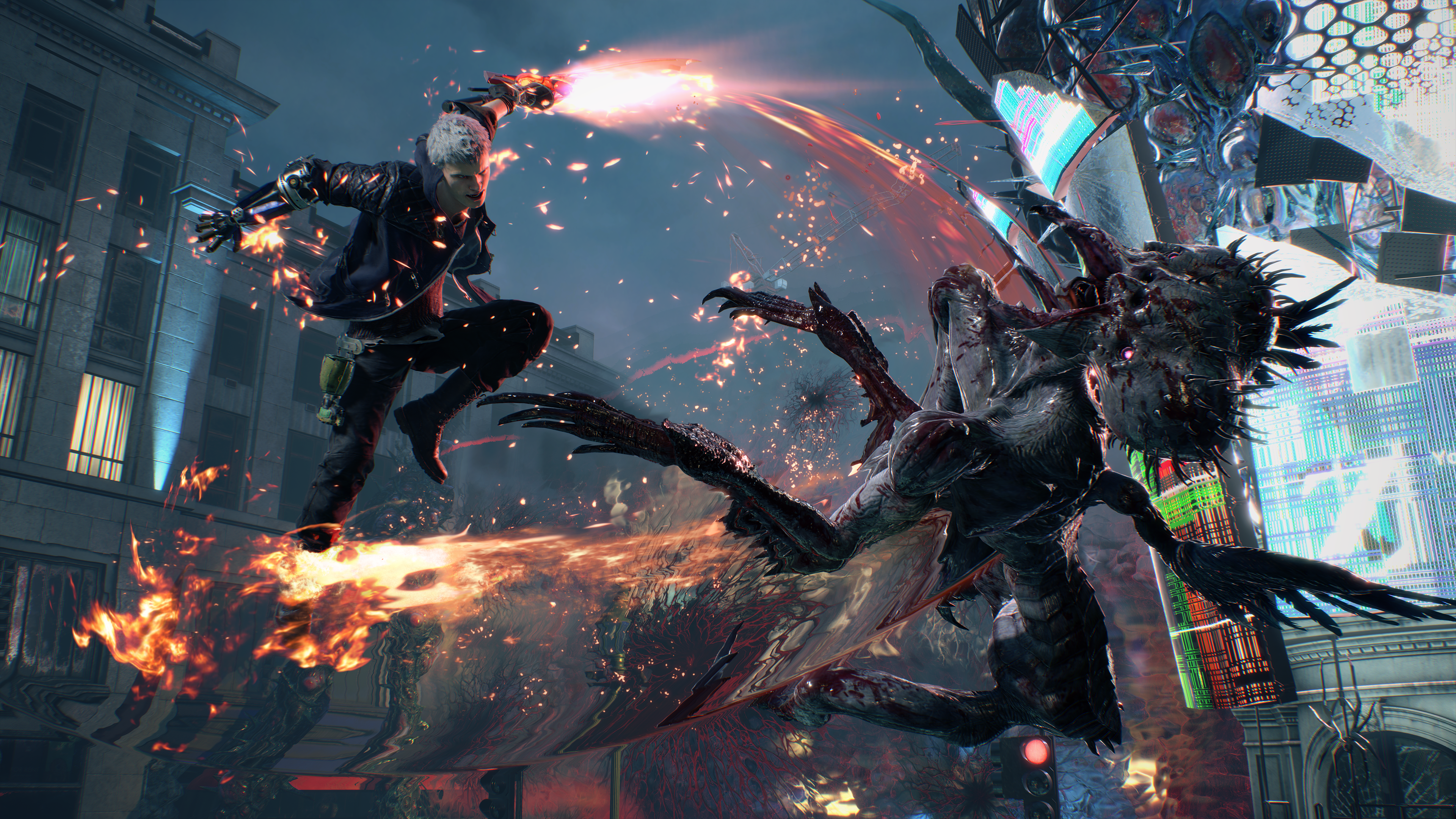 Capcom's goal was to make the coolest game ever. Credit: Capcom
Capcom's goal was to make the coolest game ever. Credit: Capcom
"I felt like the main trend with action games was to make action games that were very kind," Itsuno admitted. "Maybe, for me, a little bit too kind to the players, lending a hand to the player too much to my liking."
Itsuno, who directed every Devil May Cry game since the second installment, returned after a decade-long hiatus with a clear vision for the series. The adoption of the RE Engine, which replaced the MT Framework, allowed for photorealistic assets and more agile development. "Technology-wise, there were not just little improvements that you would have when you work on a series consecutively," Itsuno said. "When there’s a wide timeframe, [the technology] changes significantly."
The RE Engine's capabilities enabled Itsuno to elevate the style and gameplay of Devil May Cry 5, aligning with his goal of creating the "coolest" action game. "Devil May Cry is a franchise that stands on being cool," Itsuno stated. "That’s what the franchise is, it’s about being cool. Ever since I took over the series from Devil May Cry 3, I put everything that I, as a person, I considered throughout my life to be cool. Anything I’ve seen on TV, in movies, and comics I’ve read, any sport experiences I’ve had, I try to distill everything that I think is cool into what the game is."
A New Capcom Golden Age
Since 2017, Capcom has released a game of the year contender almost annually. While many major studios struggle with consistency, Capcom's string of 10 critically acclaimed games in less than a decade stands out. The company's focus on creating globally appealing games using advanced technology has been a recipe for success.
Capcom's ability to seamlessly transition between genres, from fighting games to survival horror to open-world action RPGs, without missing a beat, is remarkable. Moreover, Capcom's mission to create mainstream games has not diluted their core identities. Instead, it has expanded their audience while maintaining the essence of franchises like Resident Evil, Street Fighter, and Monster Hunter.
While many of Capcom's contemporaries are grappling with the same identity issues Capcom faced a decade ago, Capcom has forged a new golden age that shows no signs of slowing down. The company's directors acknowledge this renaissance. "It’s a very exciting time to be at Capcom right now. A lot of us are able to get excited about what we’re working on and are able to focus on things that we think are fun. So, yes, I guess a golden age may be one interpretation of that," said Nakayama.
Tsujimoto added, "Capcom is going through a golden era, and, well, now we have to do everything we can so that this lasts one more year, one more year, and every year, one more year. Hopefully, we can extend it as long as we can."
Latest News
more >-

- Prime Youth Offer: A Top Deal I Miss As An Adult
- Dec 27,2025
-
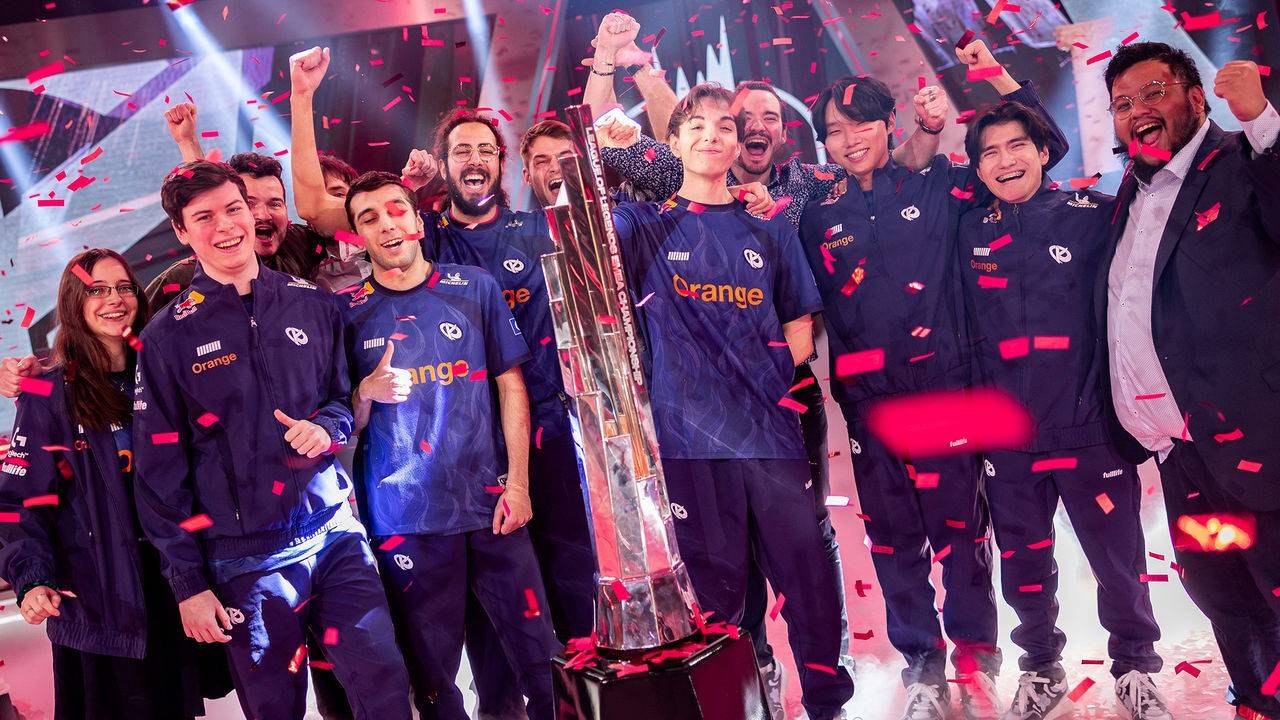
- LoL First Stand 2025: Why It Matters
- Dec 26,2025
-

-
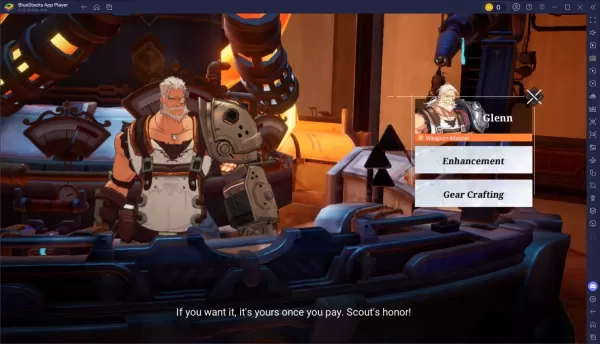
- Atlan Crystal: Boost Gear Quality Guide
- Dec 25,2025
-
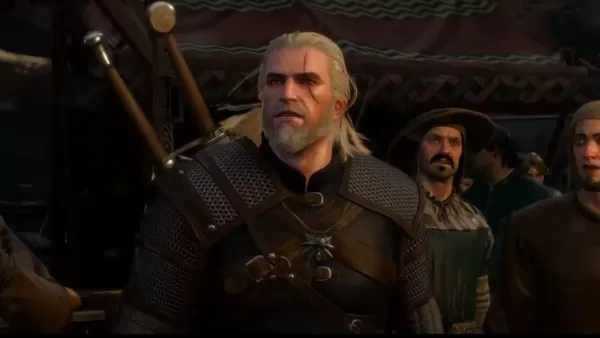
- The Witcher 3 Mod Support Patch Pushed to 2026
- Dec 25,2025
